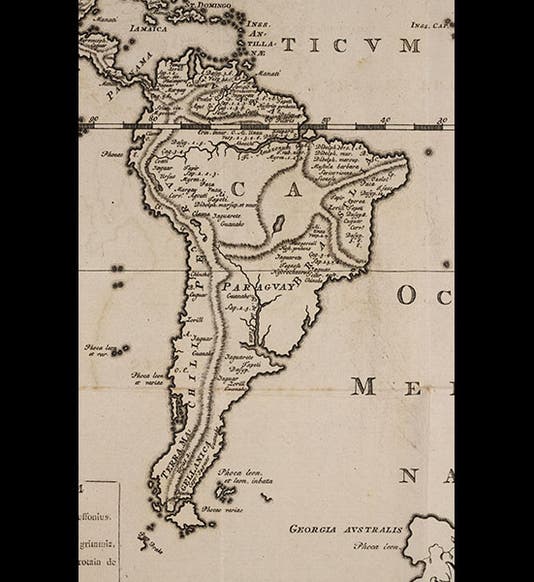Scientist of the Day - Eberhard von Zimmermann
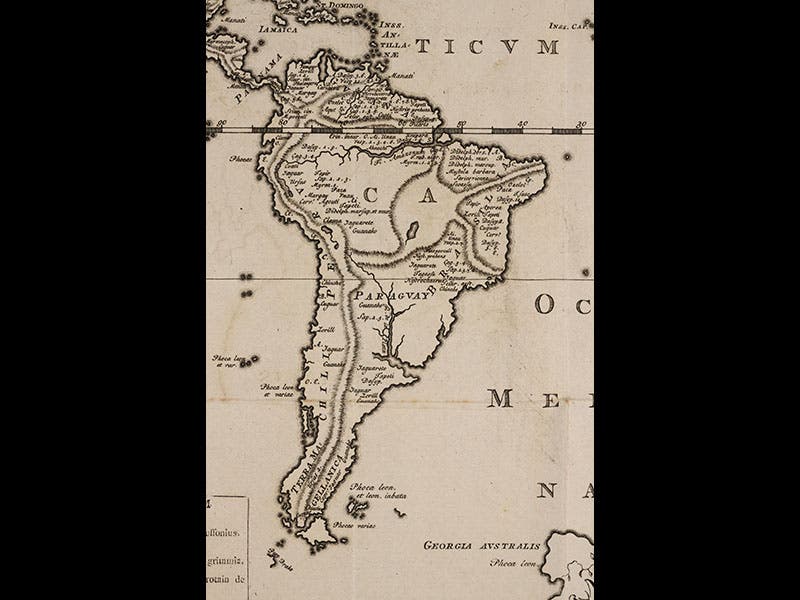
Linda Hall Library
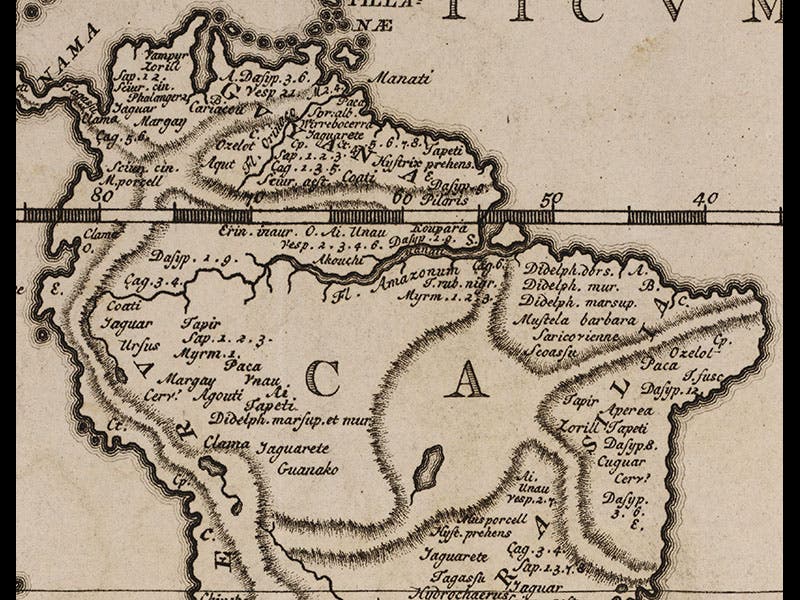
Linda Hall Library
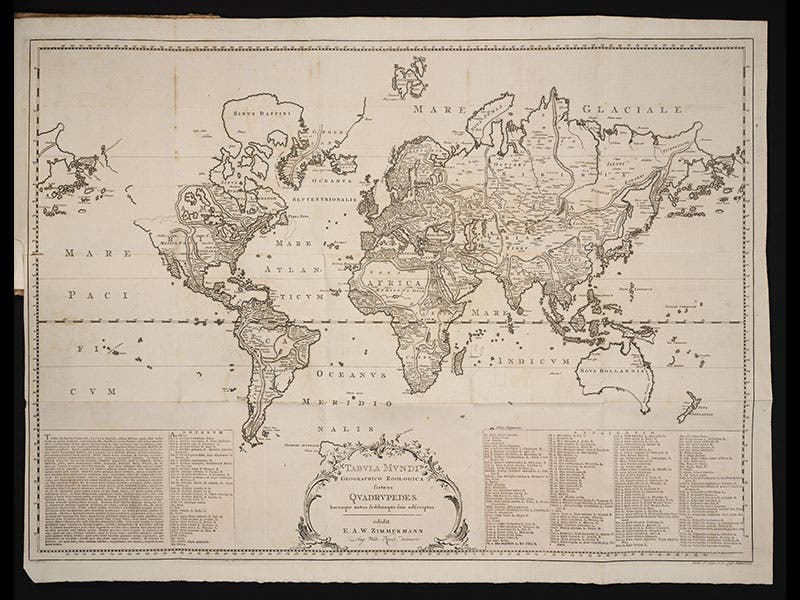
Linda Hall Library

Linda Hall Library
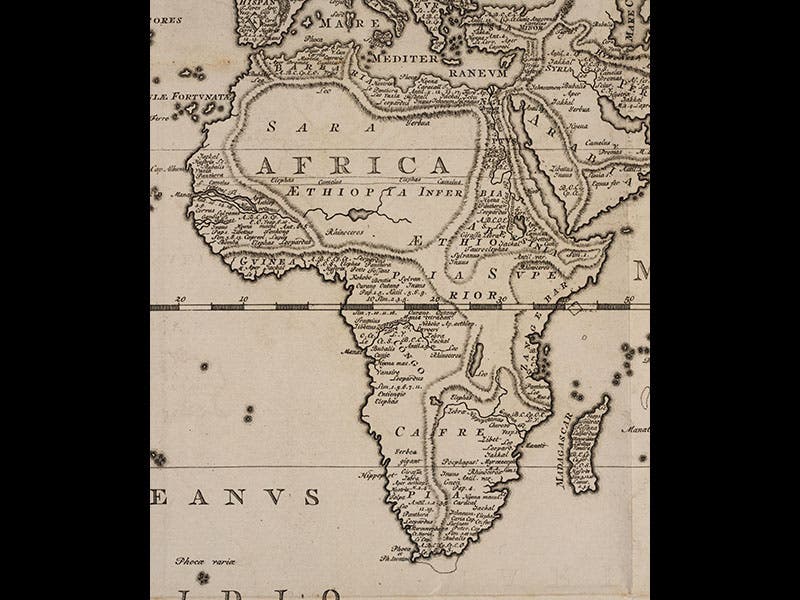
Linda Hall Library

Linda Hall Library
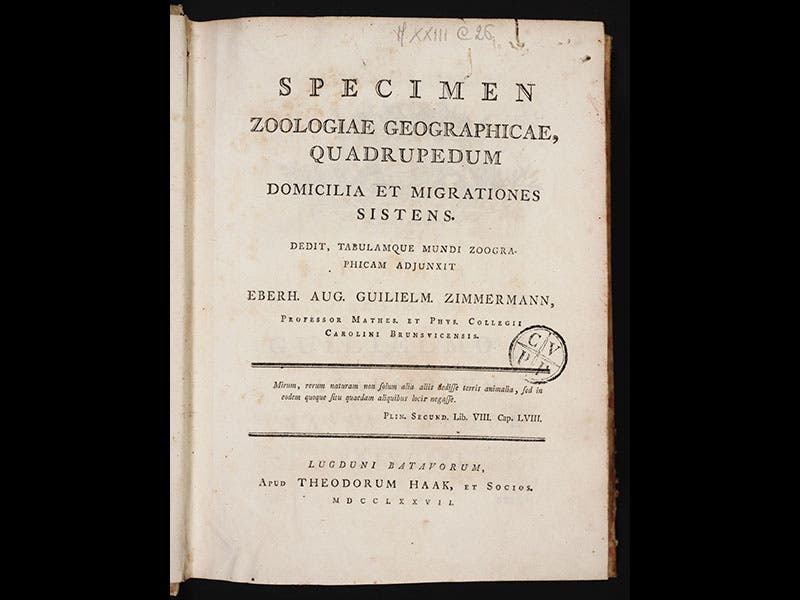
Linda Hall Library
Eberhard von Zimmermann, a German zoologist, was born Aug. 17, 1743. Zimmermann was an important founder, if not THE founder, of biogeography. He made a detailed study of the distribution of mammals around the globe. Zimmermann noted that very few animals are tolerant of changes in climate; reindeer cannot live in Germany, or elephants in Italy. He also noted that many mammals are endemic to their continents and cannot be found elsewhere on earth. He concluded that there is no way that the animal populations of the earth could have originated in some equatorial Eden and then distributed themselves around the globe. Nor was it very likely that each species had descended from an original Edenic pair. If so, all the herbivores would have been eaten immediately, and only the largest carnivores would have survived, and they would have perished as food supplies disappeared.
Zimmermann also disagreed with Carl Linnaeus, who proposed that the site of creation might have been a mountainous region, with the animals that require a colder climate at a higher and cooler altitude, and Zimmermann did not buy Buffon's argument that the first animals arose in Arctic regions, when the earth was much hotter and only northern climes were habitable. The radiation of animals from a single location was simply impossible. Rather, Zimmermann thought it likely that all animals arose in the regions that now contain them.
To argue against the idea of an animal Eden, Zimmermann published a quarto-sized volume, Specimen zoologiae geographicae quadrupedum (1777), that we are pleased to have in our collections. To illustrate his point, Zimmermann included in his book a large folding map, depicting the earth and the mammals that inhabit each region. It may be the first true biogeographical map ever printed, anticipating the work of Alexander von Humboldt by 30 years (strictly speaking, we should call this a zoogeographic map, since it is limited to the distribution of mammals). We show the map, 4 details, and part of the legend above. The legend, which decoded the labels, allowed Zimmerman to use a truncated version of each species name on the map itself. In the detail of South America, one can note the presence of Dasypus (armadillos), Didelphus (opossums), agoutis, and tapirs, while the only-recently investigated continent of Australia has kangaroos and quolls that are not found elsewhere. It is impressive how much detail Zimmermann has crammed into this pioneering map.
We were unable to locate a portrait, bust, statue, or memorial of Zimmermann anywhere. That seems a shame.
Dr. William B. Ashworth, Jr., Consultant for the History of Science, Linda Hall Library and Associate Professor, Department of History, University of Missouri-Kansas City. Comments or corrections are welcome; please direct to ashworthw@umkc.edu.

